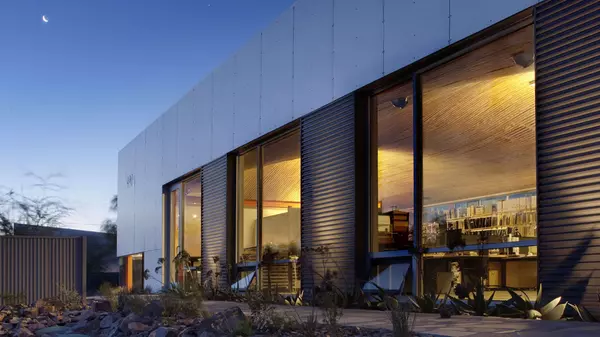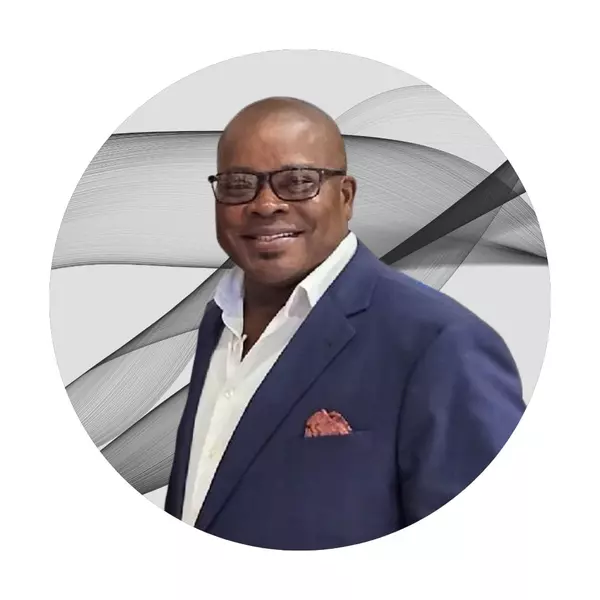Clubhouse chatter: Padres talk about their first major purchases as ballplayers
Jake Cronenworth signed for just under $200,000 as the Tampa Bay Rays’ seventh-round pick in 2015.
In 2023, the Padres signed him to a seven-year, $80 million extension.
Not even that altered Cronenworth’s reality all that much.
He kept on driving his dad’s old Mercedes like he had throughout his climb through the minors until finally upgrading to a Porsche SUV following the ’23 season.
Cronenworth bought his first house after last season.
“I live a pretty simple life,” Cronenworth said. “I don’t really spend much money on stuff besides food — food and rent. … I feel like I’m pretty smart with my money. If I’m going to buy something, there’s a reason behind me buying it.”
The Padres all had reasons behind their first big purchases as professional baseball players.
Many had their eyes on wheels.
Michael King received $100,000 as a 12th-round pick out of Boston College in 2016. He spent $10,000 of it on a used car that he drove into the ground.
“It died the day before Opening Day of 2020 during COVID,” King said. “I was driving to the field and got to the red light. It was kind of an uphill. The light turned green, I went to hit the gas and it started rolling backwards. I brought it in and it was like a $2,500 repair, so I was like, ‘OK, I’ll just figure it out for the rest of the year and buy one in the offseason.’”
Rookie reliever David Morgan is eyeing a new car — a Ford Bronco Raptor — as his reward for his first big-league season. He signed for $125,000 as an undrafted free agent out of Hope International University.
Xander Bogaerts also took his time for his first big purchase, waiting until he made $4.5 million in his first arbitration year with the Red Sox in 2017 before buying a Porsche Cayenne. He didn’t upgrade again until the Padres gave him $280 million over 11 years before the 2023 season, but that was in part because he had to.
The Cayenne “was good, but it started squeaking a little too much — the brake pads,” Bogaerts said. “You could hear it for a mile.”
Likewise, the practicality of the slightly-used Dodge Ram Laramie Longhorn with 35-inch wheels and a 6-inch lift kit didn’t make much sense for all that long after Ryan O’Hearn was drafted in the eighth round out of Sam Houston State.
“I couldn’t fit it in any parking garage for years,” he said.
Jackson Merrill’s first purchase after signing for $1.8 million out of high school was also a slightly-used truck — a lifted Toyota Tacoma, “customized and everything,” he said — while Joe Musgrove waited until after his first professional season to buy a new Dodge Charger.
Musgrove’s more immediate concern after signing with the Blue Jays for $500,000 as a supplemental first-rounder in 2011 was gadgets.
Musgorve bought an iPhone, MacBook Pro and Beats headphones, keeping up with some of his Grossmont High School classmates.
“I think I still had a Razr at that point,” Musgrove recalled. “That was my first smartphone. A lot of guys at school had them, but we didn’t have extra money to go get a cool phone. So I spent my money on that and I had always wanted the studio Beats headphones that would have the ear swivel up, DJ-style. I bought a pair of those and a laptop, which I figured I might need.”
Adrián Morejón was thinking about needs, too, after signing for a Padres amateur record $11 million in July 2016. He defected from Cuba as a 15-year-old the previous October and was stationed at the Padres’ Dominican complex when he finalized his deal.
“I went to the mall,” Morejón said with a laugh. “I didn’t have shoes or anything when I first came to the U.S.”
Elias Díaz’s initial paychecks as a professional baseball player went back to his family in Venezuela. He finally bought something substantial for himself — a Louis Vuitton backpack — after debuting with the Pirates as a 24-year-old in 2015.
There was some practicality behind the pick. After all, big leaguers live out of a suitcase for half the big-league season.
“It was the right time,” Díaz said. “I was thinking, when you’re in the major leagues, when you debut, when you get your first paycheck, you can do that. You’ve earned it.”
Yu Darvish’s first purchase was also something of a status symbol. In his third year pitching for the Nippon Ham Fighters in Japan, he bought a watch.
“A lot of players in Japan back then, when you had success, they bought expensive watches,” he said.
Other Padres were more worried about where their feet were.
Nick Pivetta didn’t want to pay rent after signing with the Nationals as a fourth-round pick for just over $360,000 in 2013, so he bought a condo in Toronto. Fernando Tatis Jr. “thought of myself as a farmer,” he said, so he invested in a piece of land back in the Dominican Republic when he was 18 years old. Reliever Wandy Peralta was of the same mind when the checks started rolling in.
“When I signed first, I thought, ‘How am I able to help my parents out?’” the left-handed reliever said through interpreter Jorge Merlos. “When I got my first MLB paycheck, I was like, ‘Let me build a house for my parents.’ Once I got that done, I looked at, what else can I do for myself? You know what, I’m going to buy myself a ranch. I’m going to buy myself a big space that I’m able to build my own place in the Dominican in my hometown.
“That’s my place, that’s where I grew up and there’s where I feel the most comfortable.”
Categories
Recent Posts










GET MORE INFORMATION


